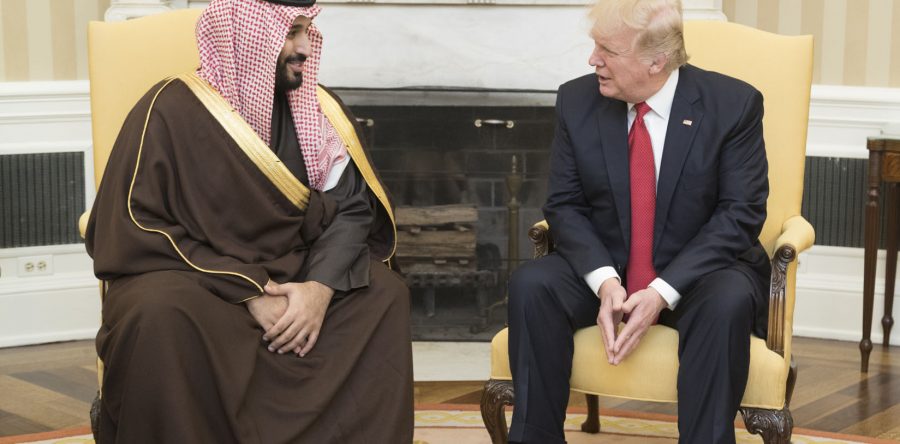Will Saudi Arabia’s future nuclear power program include a partnership with China and Pakistan? Or will the U.S. and its allies offer the Saudis a creative proposal that meets its energy needs and keeps a tight lid on nuclear weapons in the Middle East and beyond? A Next Generation Nuclear Alliance could meet these goals and check the growing domination of China and Russia in civil nuclear power deals around the globe.
The stakes couldn’t be higher. A miscalculation could upend decades of non-proliferation progress.
Interviews on the margins of the recent Munich Security Conference sharpened the standoff between the U.S. and Saudi Arabia on their potential civil nuclear cooperation. A new congressional report raises questions about the depth of the political support for the U.S. alone to provide nuclear technology to the kingdom.
The U.S. is rightly pushing to ensure that the Saudis will not be able to convert their peaceful nuclear technology for weapons use. But the Saudis know that the technology they want is available through state-owned companies in Russia and China, countries that prize geopolitical influence as much as proliferation prevention. Those nations can offer incentives to reactor buyers that private companies and democratic countries cannot match.
Russia’s strategy is working - a recent analysis stated that it currently controls 50% of the light-water reactor (LWR) construction and fuel supply market, while the U.S., Korea, France, Japan and China combined account for another 40%.
China is rising as a supplier while the U.S. is retreating - a trend some U.S. companies are trying to reverse. A look at China’s proposed role in the U.K. nuclear program underscores its long-range nuclear supply strategy. It wants to prove its LWR technology in a high regulation country and then market it globally with attractive financing and geopolitical strings.
This advantage could carry into the market for next-generation reactors, which are smaller and less costly than LWR designs. Here too, state-backed companies will have an edge because of their demonstration test beds, full range of financing, and commitment to integrating nuclear power export into their geopolitical strategy.
The domination of one or two countries in the next-generation reactor market will have serious implications for the governance structure for these nascent technologies. Historically, the dominant nuclear supplier significantly influences the non-proliferation, security and safety regimes. If it is Russia and China, will they prioritize these values to the same degree as the U.S. when it was the leader?
The very real potential for authoritarian nations to control international nuclear commerce in the 21st century should worry the U.S. and its allies and force them to rethink whether their cutthroat competition with one another still makes sense in the current international environment. A consortium model may offer a much better and more realistic option.
A Next Generation Nuclear Alliance beginning with the U.S., South Korea and Canada, and incorporating Japan, France, the U.K., and perhaps India could offer a mix of talents and capabilities that make this grouping a potentially potent counterweight to the nuclear supply advantages of Russia and China. One way to think about it is that some nations are better at the hardware of nuclear power – hot production and supply lines, while others excel at the software – design, governance, operations, regulation, and education. Together they can offer a package of technological, governance, financial, and security advantages that the international community may find very attractive.
There should be no mistake, a Next Generation Nuclear Alliance is a difficult, complex process to contemplate and there’s no shortage of cold water that can and will be aimed at the idea. But if democratic values, governance leadership, and global security are nuclear export priorities in this century then it may be essential to pursue it.


